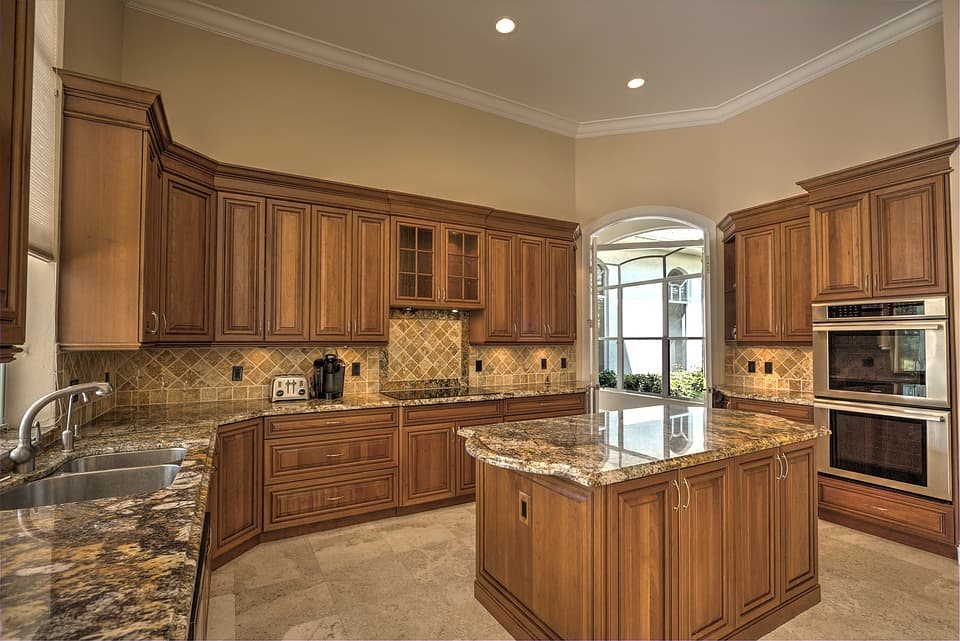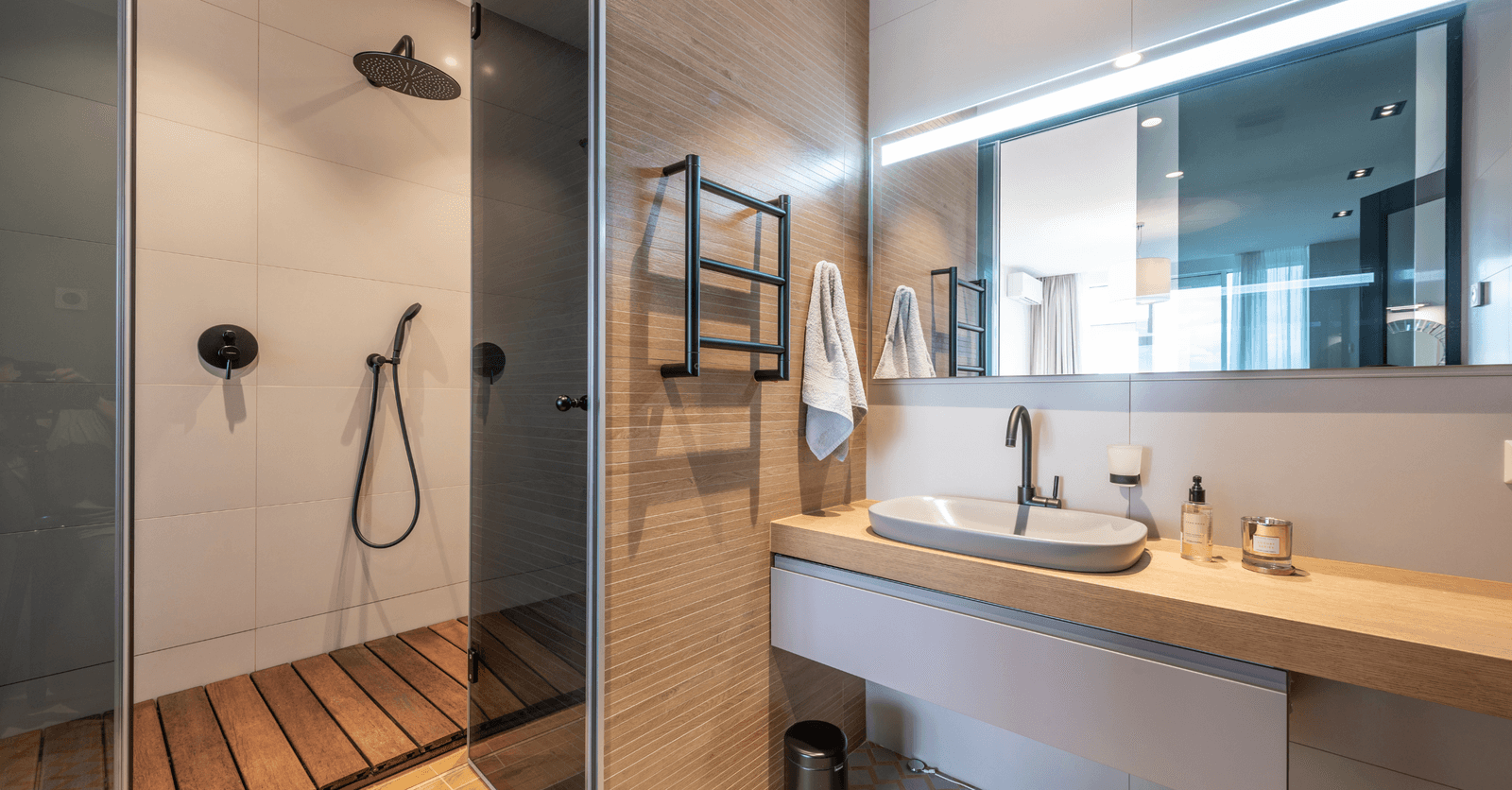
Formerly restricted to commercial, agricultural, and industrial buildings, sheet metal or corrugated metal has, as of late, made its way to the residential sector. On top of having great durability, such roofing material offers a wide range of possibilities in terms of innovative architectural designs. Are you looking to have sheet metal or corrugated metal roofing installed and want more information on the matter? Read on to learn what there’s to know.
Metal Sheet - Corrugated Metal

Source: Canva
Sheet metal is an age-old material made from hot or cold rolled galvanized steel. It consists of sheets of metal that average about 30 years of service life. It’s available in two versions: sheet metal and corrugated metal. This material is increasingly sought-after in modern architecture and in eco-friendly construction projects, not to mention energy-efficient renovations.
Corrugated metal is used as roofing material for buildings such as hangars, chicken coops, industrial or agricultural structures, garages, gazebos, verandas, wall-mounted pergolas, etc. Sheet metal is typically finer and lighter than corrugated metal. It’s perfect for façades since it’s very resistant and aesthetic.
Sheet metal is smooth and flat, and can also serve as a protective flat roof coating. Corrugated metal is thicker and more resistant, and is mainly used to coat sloped roofs.
Why should you choose corrugated metal roofing?
Sheet metal or corrugated metal has numerous advantages. It’s very resistant to adverse weather conditions (snow, sleet, rain) and has a reputation for being quite durable through time. Sheet metal doesn’t corrode, it’s immune to insects and isn’t flammable.
On top of being especially impervious to leaks, corrugated metal is known for being quite sturdy, which allows it to withstand the weight of several individuals. Moreover, it’s a lightweight material that can be shaped in various ways to adapt to a roof’s structure. Maintenance is relatively easy compared to, for example, shingles. When it comes to maintenance, simply coat the sheet metal if the corrosion has set in or the finish starts wearing off. Another benefit of sheet metal is that it’s generally partly made of recycled plastic materials and its inert nature is such that it doesn't emit any toxic fumes.
However, just like any material, corrugated metal has a few downsides. It offers rather mediocre soundproofing and thermal insulation, and when rain or sleet bounces off the coating during a storm, it can be a nuisance to some. Moreover, this type of roofing isn’t recommended in regions subject to frequent strong winds. While it’s available in a wide range of colours, roofing made of sheets of metal is often criticized for its unappealing appearance.
What are the different types of sheet metal?

Source: Canva
Sheet metal or corrugated metal is available in various materials, each with unique specificities:
Fibre cement sheet
Fibre cement sheet is a material that’s both light and resistant. It can be used as roofing or exterior wall cladding. It’s available in different colours.
Simulated metal tile

Source: Canva
It’s a galvanized steel panel that mimics the look of tiles. It’s most often used to replace fibre cement roofing or when transforming a structure into a secondary living space.
Galvanized steel or painted sheet metal
Galvanized steel or painted sheet metal is a product that’s often used as construction material. It’s a very lightweight, easy-to-install material that offers great resistance.
PVC coated metal
PVC-coated metal is a very resistant and versatile material. This material is especially lightweight and easy to manoeuvre and can be used for roofing, cladding, and flooring. It’s available at affordable pricing and is compatible with all types of frameworks.
Fibreglass flat sheet

Source: Canva
Fibreglass flat sheet is an especially rust-resistant form of sheet metal. Besides roofing and cladding, it can be used as flooring. It’s very resistant to heat and adverse weather conditions and offers excellent thermal insulation and soundproofing.
Polycarbonate corrugated panel
The polycarbonate corrugated panel is a very resistant material that’s ideal for roofing and cladding. Unlike sheet metal, it has excellent thermal insulation and soundproofing properties, and it can be quickly and easily installed. With a translucent finish, it’s renowned for its excellent resistance to blows and temperature changes.
Copper roofing panel
This material is quite rare and expensive, yet it suits all roof shapes due to its great malleability. Sheet metal is smoother and has a cleaner aesthetic, while corrugated metal is rougher and offers better adherence.
Stainless steel metal roofing
Stainless steel metal roofing is a very popular material since it’s very resistant to corrosion and rust. Similarly to the copper roofing panel, its price range is also quite steep.
How much does metal roofing installation cost?

Source: Canva
The cost of installing new sheet metal roofing can vary depending on numerous factors such as the location of your property, the state of the roof, its structure, size, as well as the type of material used. For example, the cost of coating a large roof can be as much as $31 per square foot. Therefore, for a structure with a roof measuring roughly 2,000 square feet, one will have to budget $30,000 to $36,000 total for new roofing. On top of installation costs, one will also have to take into account roof maintenance- and repair-related costs over the years.
Get 3 renovation quotes for your sheet metal roofing project
RenoQuotes.com will put you in contact with 3 reliable contractors for your roofing renovation project. Fill in the form on our homepage (it only takes a few minutes), and you will receive quotes from trusted professionals.
Dial 1-844 828-1588 to speak with one of our customer service representatives.
Looking for something else?
Related articles
The latest industry news, interviews, technologies, and resources.

Editorial Team
•07 Apr 2025
In Quebec, the harsh climate puts roofs to the test every year. Between snow accumulation, freezing, thawing, and heavy rains, roofing materials face challenges rarely seen elsewhere. Regular roof inspections are no longer just a preventative measure but a necessity to avoid costly damage and ensure the safety of residents.

Editorial Team
•04 Feb 2025
Taking the leap and investing several thousand dollars in a renovation comes with its fair share of worries, especially with regard to the contractor hired to manage the project. If you hire the wrong person, you're likely to find yourself amid a serious mistake that will cost you both time and money to make go away.

Léa Plourde-Archer
•07 Nov 2023
If you're thinking about changing your kitchen countertop, you may quickly realize that there are many options available. Amongst these, we can't forget to consider granite. Known for being elegant as well as original in terms of design, granite deserves your attention.

Editorial Team
•10 Apr 2020
Have you outgrown the current look of your bathroom? With the passing years, wear and tear will naturally leave its mark, so it’s quite normal to aspire to a change of scenery.
Editorial Team
•21 Jan 2025
LogisVert is the new financial assistance program that was launched by Hydro-Québec over the summer of 2023, encouraging homeowners to carry out energy-efficient renovations. In the hopes of favouring an energy-efficient transition while also reducing the carbon footprint left behind by residential buildings, this program was established to financially aid homeowners who are considering improving the energy efficiency of their homes. In this article, we’ll take a closer look at the primary factors encompassing the LogisVert program and its eligibility criteria.